Here's an overview:
- Introduction: The Importance of a Sleep-Optimized Bedroom
- Analyzing Your Current Sleep Space: What's Working and What's Not
- The Bed: Choosing the Right Mattress and Pillows for Your Sleep Style
- Lighting: Understanding the Impact on Sleep and How to Optimize It
- Temperature and Ventilation: Creating the Ideal Sleep Environment
- Noise Control: Strategies for a Soundproof Sleep Sanctuary
- Furniture and Layout: Arranging Your Space for Maximum Comfort and Functionality
- Bedding and Sleepwear: Selecting Fabrics and Materials for Better Sleep
- The Finishing Touches: Adding Personal Elements for a Calming Atmosphere
- Routine and Habits: Complementing Your Bedroom Setup with Good Sleep Practices
- Conclusion: Prioritizing Sleep through a Tailored Bedroom Environment
Introduction: The Importance of a Sleep-Optimized Bedroom
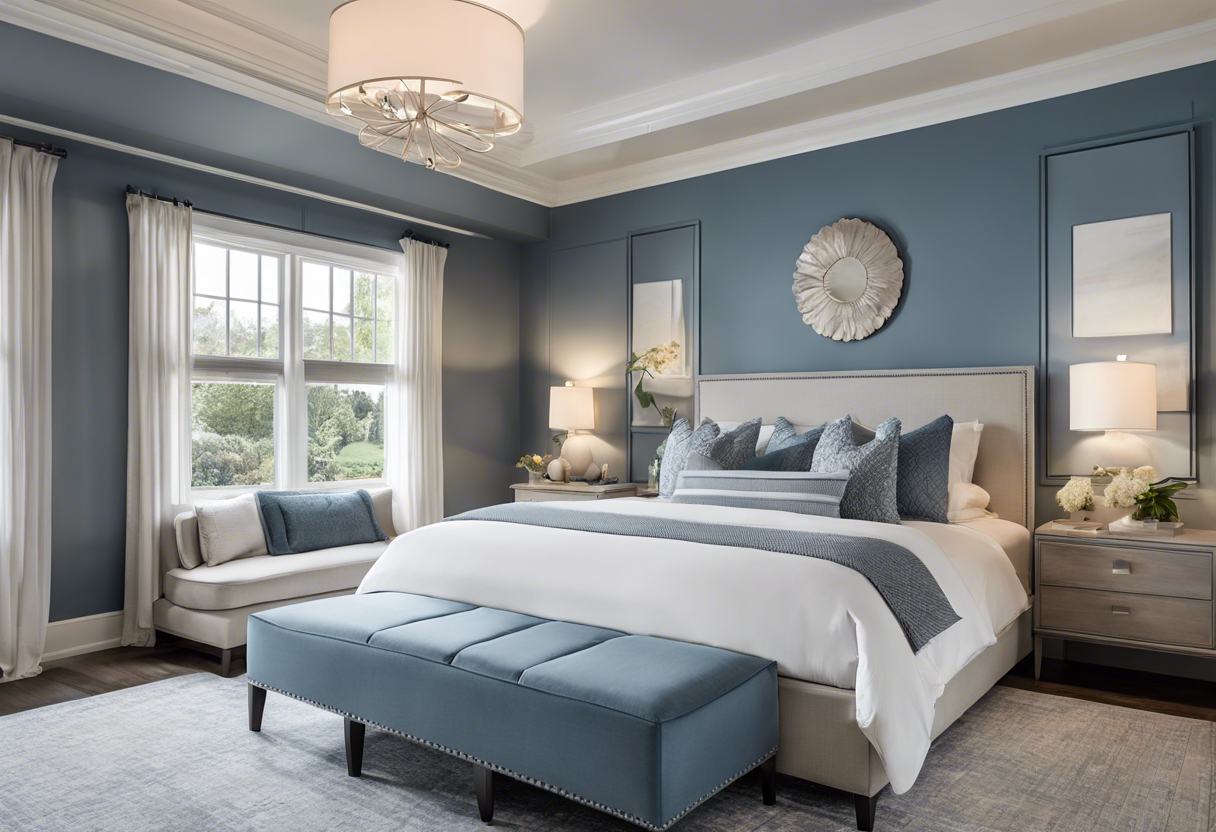
The bedroom's pivotal role is often underestimated when it comes to obtaining restorative sleep. In today's fast-paced world, the distinction between spaces for relaxation and work has blurred, impacting the quality of our rest significantly. A sleep-optimized bedroom can serve as a sanctuary, designed to support the body's natural sleep-wake cycle, also known as the circadian rhythm. Combining the right elements in a bedroom, such as lighting, temperature, and decor, can minimize sleep disturbances and enhance overall sleep quality, proving vital for one's physical and mental well-being.
Analyzing Your Current Sleep Space: What's Working and What's Not
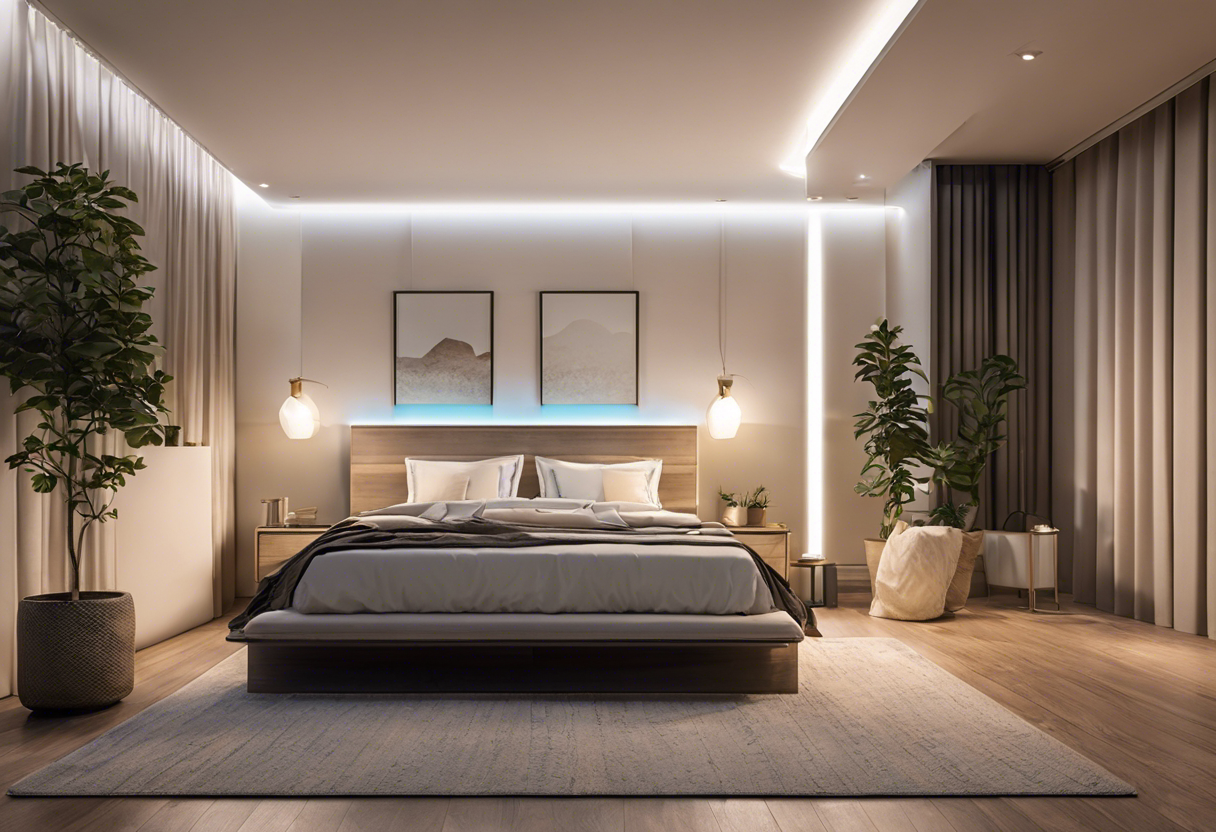
Evaluating the current sleep environment is crucial for improvements. Consider the mattress; is it supportive or causing discomfort? Assess the temperature regulation — a room too hot or cold hinders sleep quality. Analyze lighting; excessive light can disrupt circadian rhythms. Note any noises that may be interrupting rest, and examine the bedding. Is it breathable and comfortable? Assess the color palette and decor as they can influence relaxation. Finally, ensure the space is free from distractions that could impede on a good night's sleep.
The Bed: Choosing the Right Mattress and Pillows for Your Sleep Style
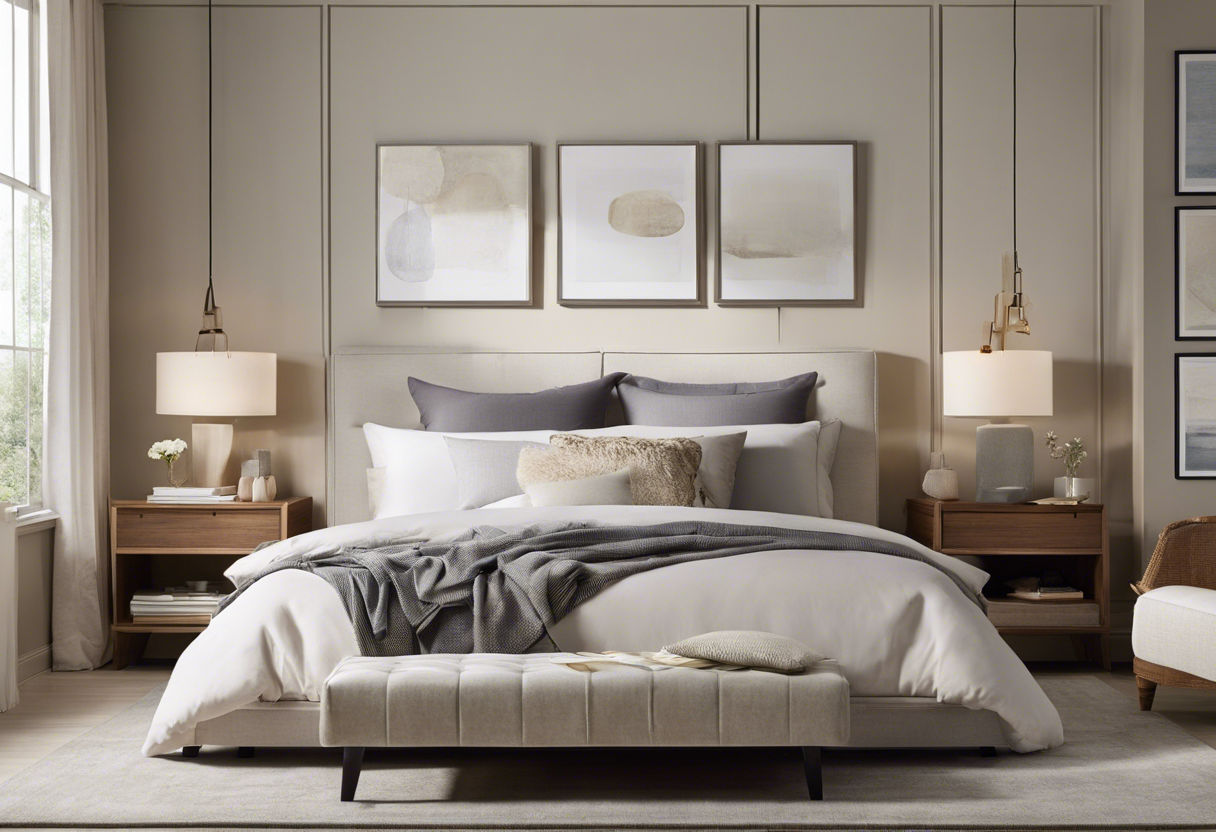
Selecting the appropriate mattress is crucial for optimal comfort. One should consider personal preferences for firmness, which can range from soft to very firm, and the type of mattress—memory foam, innerspring, latex, or hybrid. Side sleepers often benefit from a softer mattress that conforms to the body's shape, whereas stomach and back sleepers may require firmer support to maintain a neutral spine alignment.
When it comes to pillows, the choice should complement the mattress and be influenced by sleep position. Back sleepers typically need thinner pillows to prevent the head from being thrown too far forward, while side sleepers may require a firmer pillow to fill the space under the head and neck. Those who sleep on their stomachs should opt for very thin, almost flat pillows. Additionally, the material of the pillow should be taken into account, as some individuals may have preferences for down, feather, memory foam, or latex pillows based on their comfort and potential allergies.
Understanding one's sleep style is thus instrumental in making the right choices for both mattresses and pillows to ensure maximum comfort and a restful night's sleep.
Lighting: Understanding the Impact on Sleep and How to Optimize It
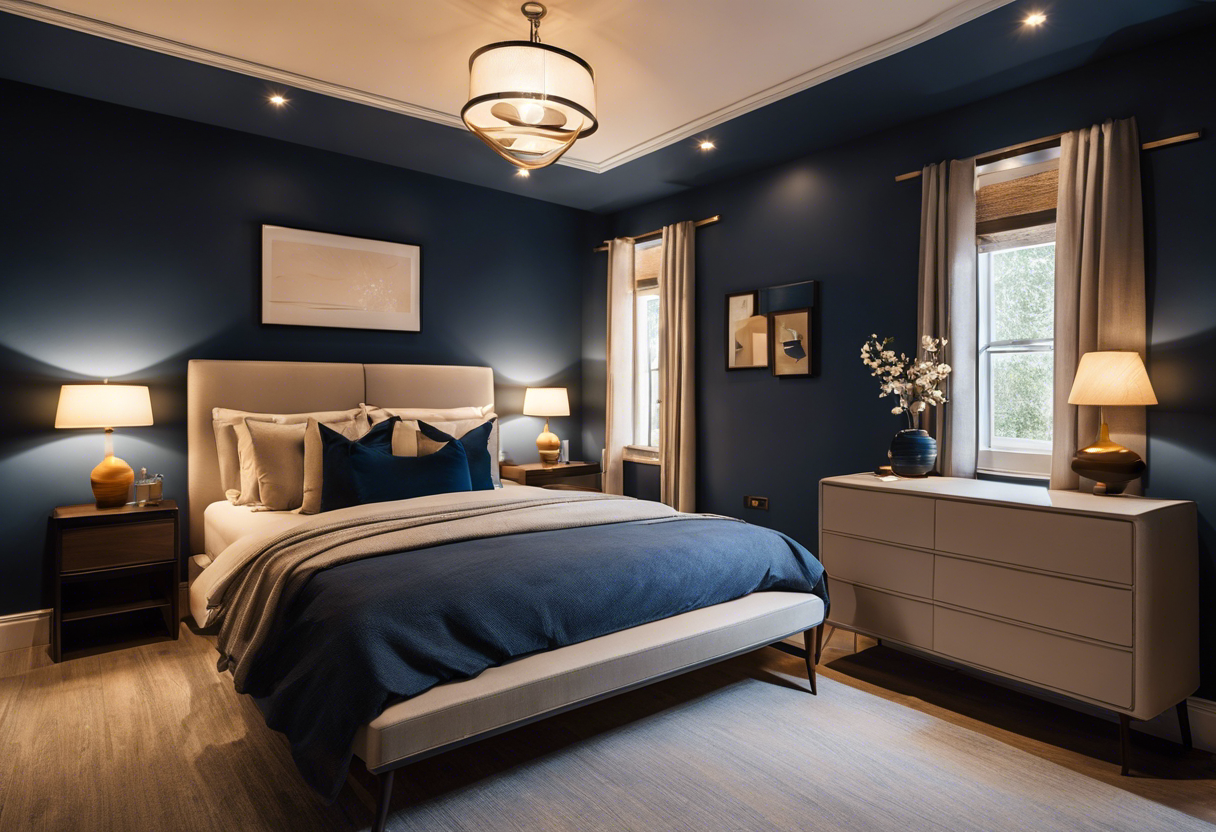
Proper lighting is crucial for signaling the brain's sleep-wake cycle. Bright light inhibits melatonin production, the hormone responsible for sleepiness, hence disrupting sleep patterns. Conversely, darkness stimulates melatonin, facilitating sleep. To optimize sleep:
- Use dim, warm lights in the evening to encourage drowsiness.
- Employ blackout curtains or eye masks to block external light sources.
- Consider a low-blue light or red spectrum bedside lamp, which minimally affects melatonin.
- Refrain from using electronic devices emitting blue light before bedtime.
- Adopt light-therapy devices if necessary to regulate circadian rhythms, especially in seasons with limited natural light.
Temperature and Ventilation: Creating the Ideal Sleep Environment
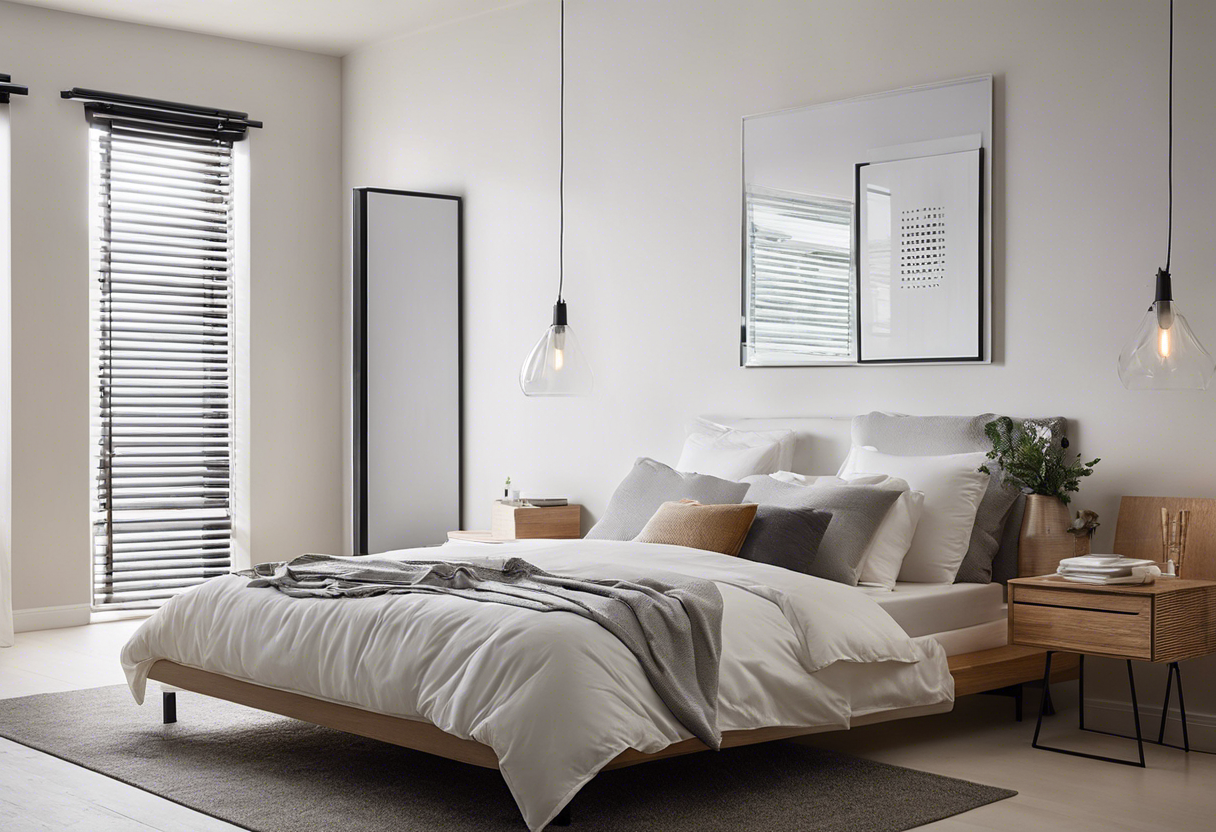
Achieving optimal sleep requires the right bedroom conditions. Temperature plays a pivotal role; the recommended range is between 60-67 degrees Fahrenheit (15.6-19.4 degrees Celsius). This cool environment aligns with the body's natural temperature dip during sleep. Ensure the room is well-ventilated; fresh air circulation is crucial for comfort and can prevent overheating. Utilize fans or an open window to promote airflow, but avoid drafts directly on the bed. Additionally, consider investing in a thermostat or smart home system for precise temperature control throughout the night, enhancing the quality of sleep.
Noise Control: Strategies for a Soundproof Sleep Sanctuary

Creating a sleep-friendly environment often requires addressing noise pollution. Consider the following strategies:
- Install Soundproofing Materials: Use acoustic panels, soundproof curtains, or specialized insulating wall foam to absorb and dampen noise.
- Double-Glazed Windows: These can significantly reduce external noise from traffic or neighbors.
- White Noise Machines: A consistent sound can mask disruptive noise pollution.
- Soft Furnishings: Carpets, rugs, and upholstered furniture can help to muffle sounds.
- Door Seals and Draft Stoppers: Prevent hallway noises from entering the bedroom by sealing gaps around doors.
- Landscaping: Outdoor elements like thick hedges or water features can create a natural sound barrier.
Implementing these measures contributes to a quieter and more peaceful sleep environment.
Furniture and Layout: Arranging Your Space for Maximum Comfort and Functionality
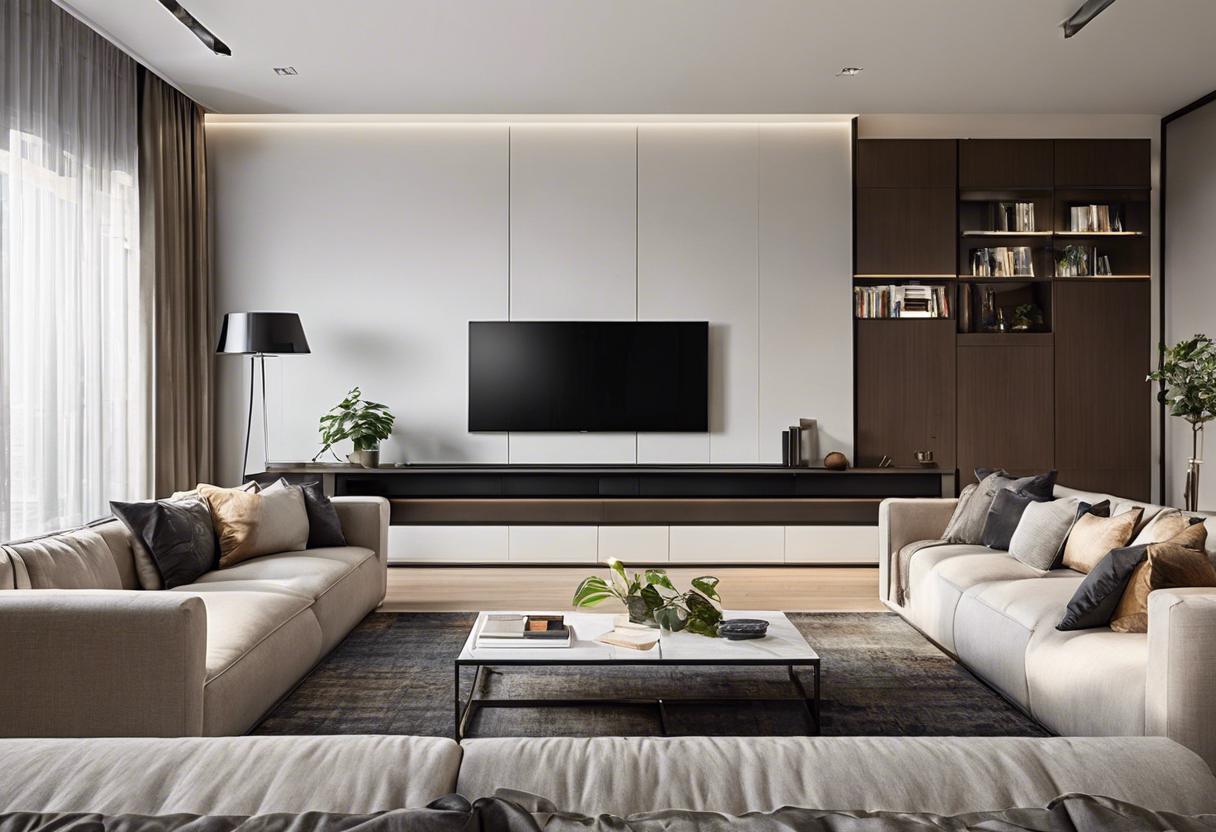
When designing a sleep-friendly bedroom, furniture and layout are critical. Ensure the bed is the focal point; place it away from bright lights and noises. Optimize space with multifunctional furniture like storage beds or built-in wardrobes. Allow for easy movement by keeping a clear path. Incorporate comfortable seating for pre-sleep relaxation. Position nightstands within arm's reach for convenience. Choose a layout that promotes calmness, avoids clutter, and ensures the room serves its primary purpose: restful sleep.
Bedding and Sleepwear: Selecting Fabrics and Materials for Better Sleep
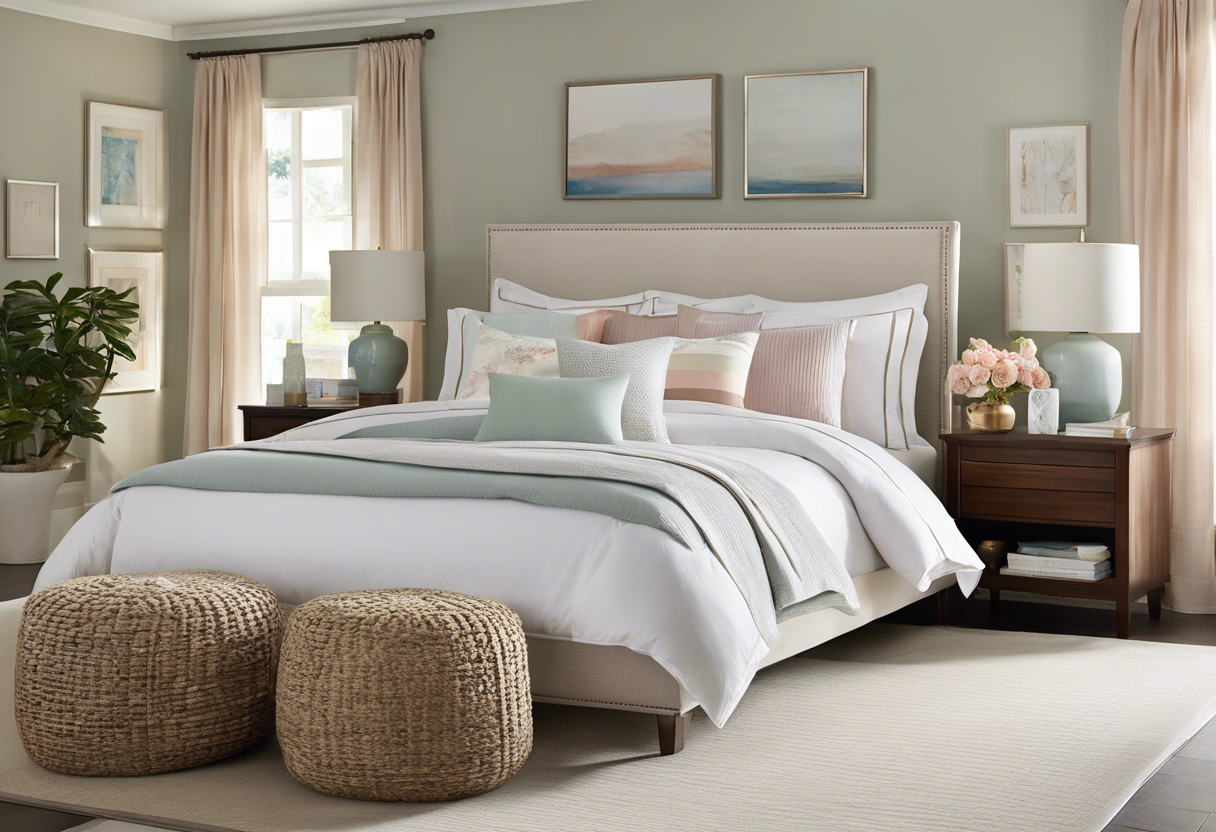
Choosing the right fabrics and materials for bedding and sleepwear is crucial for comfort and quality sleep. For sheets and pillowcases, breathable materials like cotton, bamboo, or linen help regulate body temperature and wick away moisture. Opt for a higher thread count for added softness. When selecting sleepwear, prioritize fabrics that are soft and non-irritating to the skin. Lightweight materials such as silk or modal can provide comfort without overheating. Additionally, consider hypoallergenic options if you have sensitive skin or allergies. Remember that the right fabric contributes significantly to a restful night's sleep.
The Finishing Touches: Adding Personal Elements for a Calming Atmosphere

After addressing bedding, lighting, and temperature, personal touches can transform a bedroom into a serene sanctuary. Incorporate calming scents, such as lavender or chamomile, using diffusers or scented candles to promote relaxation. Introduce natural elements, like potted plants, which can boost mood and air quality. Artwork and photographs that evoke peace and happiness can also reinforce a sense of calm. To further enhance the soothing ambiance, consider a gentle sound machine or a playlist of soft, ambient music to lull one into a deep, restful slumber.
Routine and Habits: Complementing Your Bedroom Setup with Good Sleep Practices

Creating a bedroom conducive to sleep extends beyond the physical setup. It’s crucial to establish a nightly routine and healthy habits such as:
- Consistency: Aim to go to bed and wake up at the same times, even on weekends.
- Wind-Down Period: Dedicate 30 minutes to winding down, engaging in calming activities like reading or meditation.
- Limit Exposure: Avoid bright screens at least an hour before bedtime, as they can disrupt the body’s natural sleep-wake cycle.
- Optimal Environment: Keep the bedroom dark, quiet, and cool. Consider using blackout curtains, white noise machines, or earplugs if necessary.
- Mindful Consumption: Avoid large meals, caffeine, and alcohol before bedtime, as these can hinder sleep quality.
Incorporate these practices to enhance your sleep environment and improve overall sleep quality.
Conclusion: Prioritizing Sleep through a Tailored Bedroom Environment
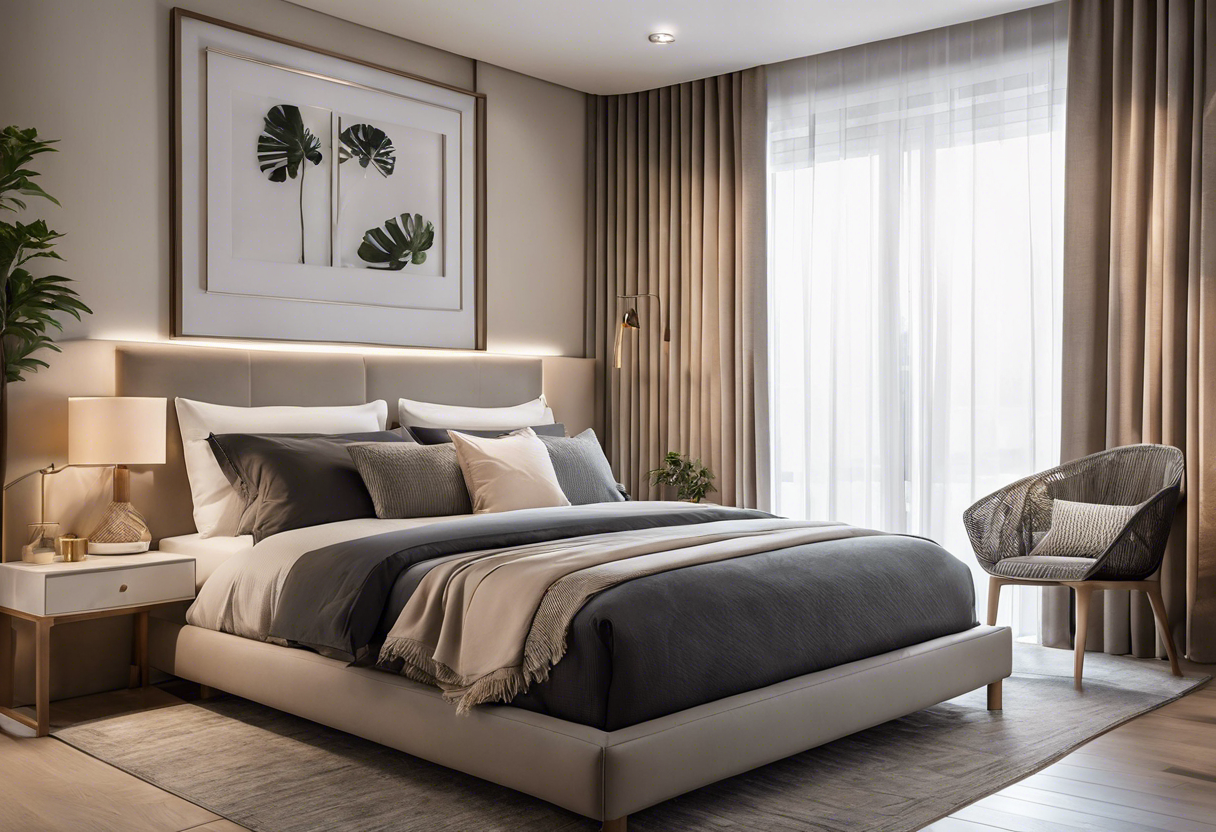
Creating a personalized bedroom setup dedicated to optimal sleep is crucial. It involves considering individual comfort needs, from mattress firmness to the room's ambiance. Integrating elements like proper lighting, noise control, and temperature regulation can profoundly affect sleep quality. By investing in a bedroom environment that aligns with specific sleep preferences, individuals can significantly enhance the likelihood of restful slumber. Conclusively, personalizing one's bedroom environment is a meaningful investment in overall health and well-being.






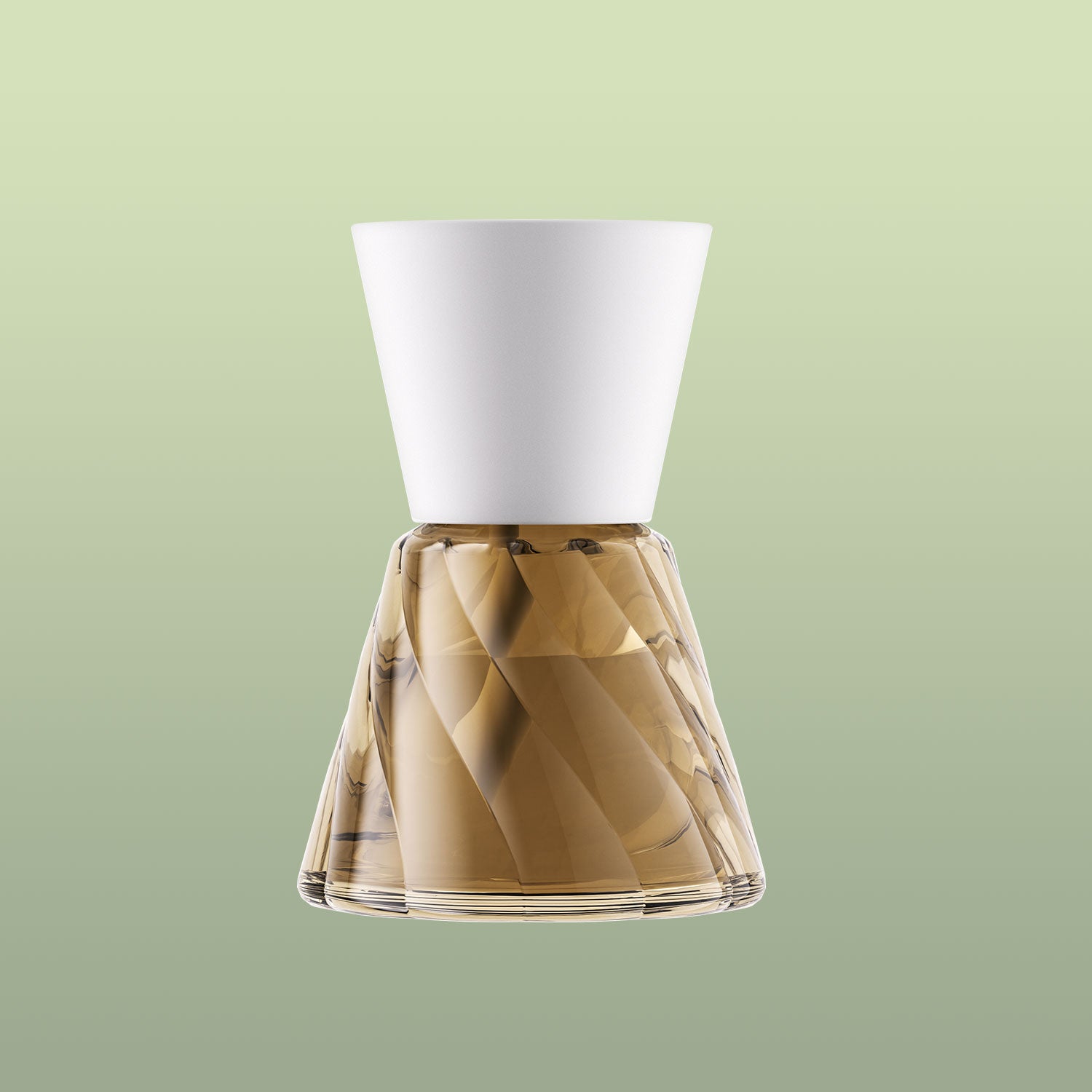


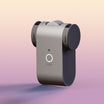
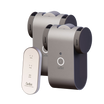
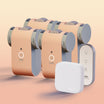

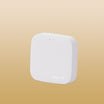



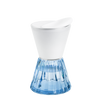

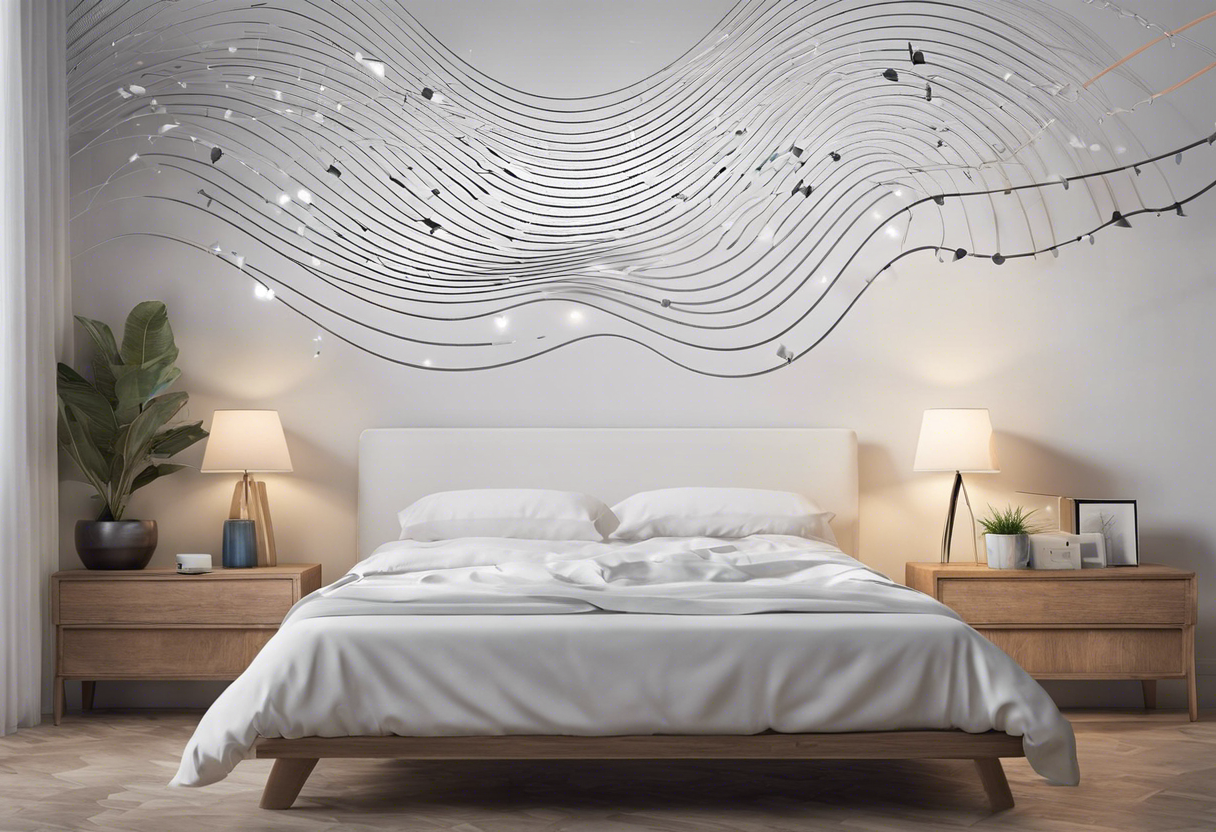

Leave a comment
All comments are moderated before being published.
This site is protected by reCAPTCHA and the Google Privacy Policy and Terms of Service apply.